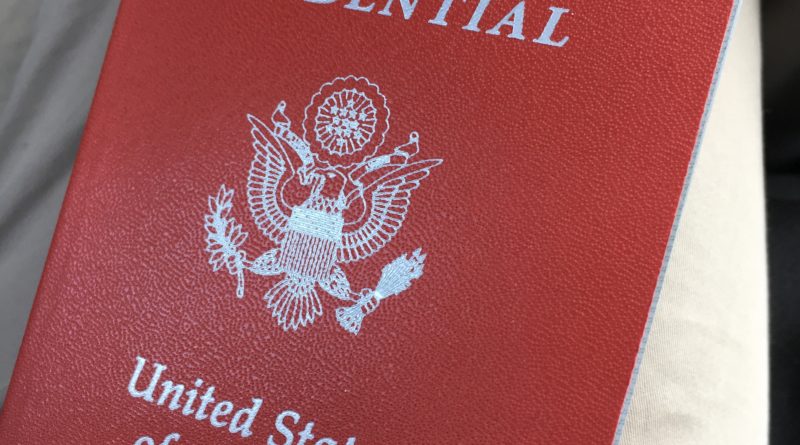I’m “The Captain” Now
Of course Devon is the Admiral.. but that’s not the point of today’s update. In my mailbox this weekend came my Merchant Mariner credential. I’m now a licensed USCG captain. Officially I have a Near-Coastal OUPV (aka Six-Pack) and an Inland Master 50Ton (with Aux Sail) plus Assistance Towing. A bit of technical jargon I suppose but it basically means I can legally operate a boat with paying passengers within certain limits..
- Near-Coastal OUPV – Operator of Uninspected Passenger Vessel

- Able to operate an uninspected passenger vessel (like our personal sailboat) with up to 6 paying passengers within 100 miles of the coastal.
- Inland Master 50Ton with Aux Sail
- Able to can operate an inspected passenger vessel up to 50 Gross Tons, power or sail, with any number of paying passengers on Inland waters. (ie: Puget Sound, etc). In this case the number of passengers is limited by the vessels inspection certificate rather than my license.
The Assistance Towing endorsement meaning I can legally accept compensation for towing another boat.
So what do I do with this? Not much. I had the required sea time to qualify for the licenses, I had some free time to take the requisite classes and tests, and it certainly couldn’t hurt. Having the license may (or may not) help us with insurance. But it does offer some opportunities for the future. For example, I could take on boat delivery jobs, or operate sunset sailing charters on our boat, or skipper a charter vessel for another owner. I don’t plan to offer towing assistance services, nor would I likely charge another boater for a tow if they needed one, but I could. Long term, we’ll see what comes up. A year from now I may have close to a year and thousands of offshore sea miles under my belt as skipper. That extra sea time also means I may be able to upgrade the Master License from Inland to Near Coastal.
Ultimately, having a “Captains License” means I can accept an offer for a job if I want to.
FYI, Gross Tonnage for licensing purposes is not the same as the displacement of a boat that the manufacturer specifies. Generally, the displacement specification for a boat given by the manufacturer is the physical weight of the boat. For example, Mobert weighs about 23,000lbs , 11.5 Tons. But the USCG Gross Tonnage is actually the volume of space inside the boat. Think of this like the weight of the water if you flooded the interior. Mobert’s Gross Tonnage is 30 Tons. There are big differences between boat designs and you can find boats the same length as Mobert that weigh more (closer to 20 tons) while their volume is smaller and end up with Gross Tonnage of as little as 16GT.




